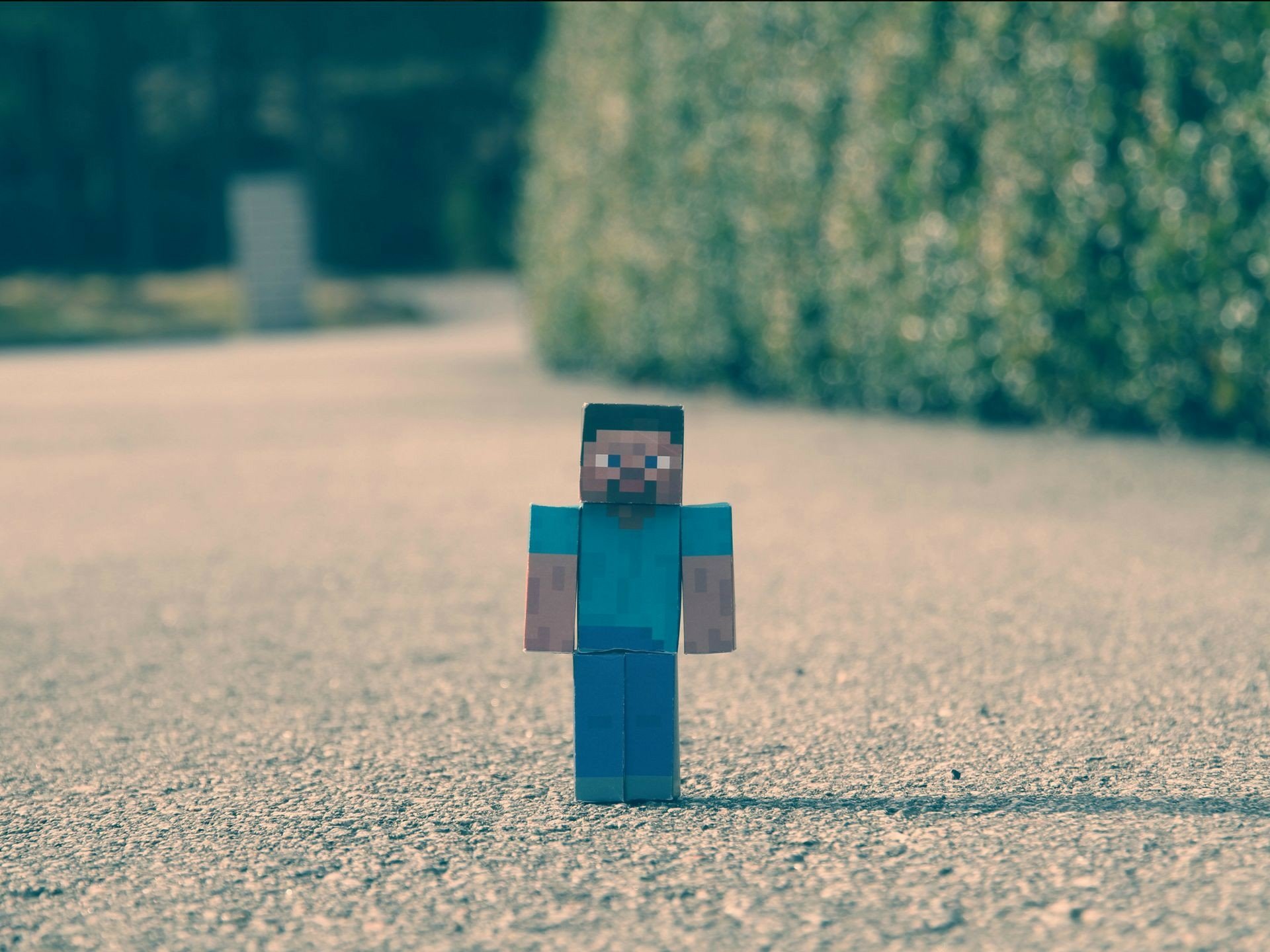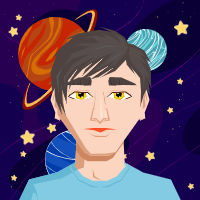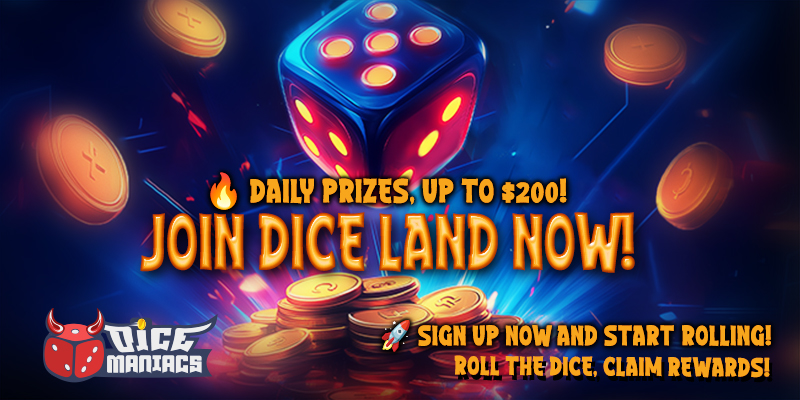Did you know that with over 230 million copies sold, Minecraft stands as the best-selling video game of all time? This blocky sandbox title has transcended its humble beginnings to become a global phenomenon, influencing everything from gaming to education. But how did it all begin? What magic went into crafting this pixelated universe that invites players to build, survive, and dream without limits? At first glance, Minecraft may seem simple—an open world filled with blocks, mobs, and infinite possibilities. However, beneath its minimalist design lies a fascinating story of innovation, community, and perseverance. Today, we’re going behind the scenes to explore the making of Minecraft—from Markus “Notch” Persson’s weekend prototype to Mojang’s meteoric rise. Let’s uncover how this indie project grew to redefine creativity in gaming.
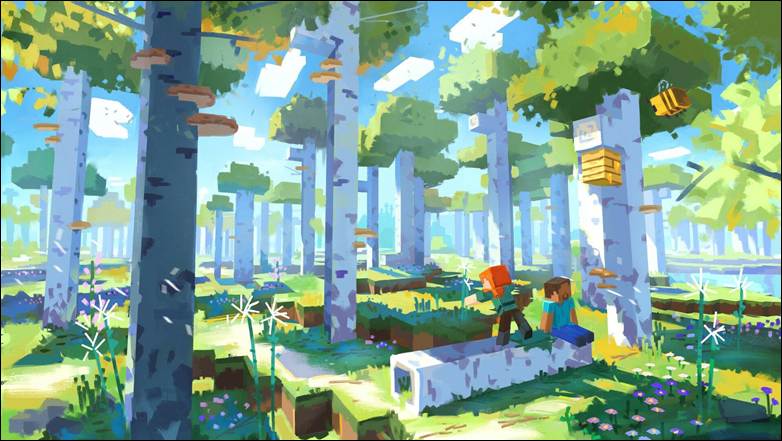
- You can explore vast caves, find diamonds, and battle mobs in Minecraft.
Making of Minecraft: The Origins
1. Markus “Notch” Persson and the Beginning
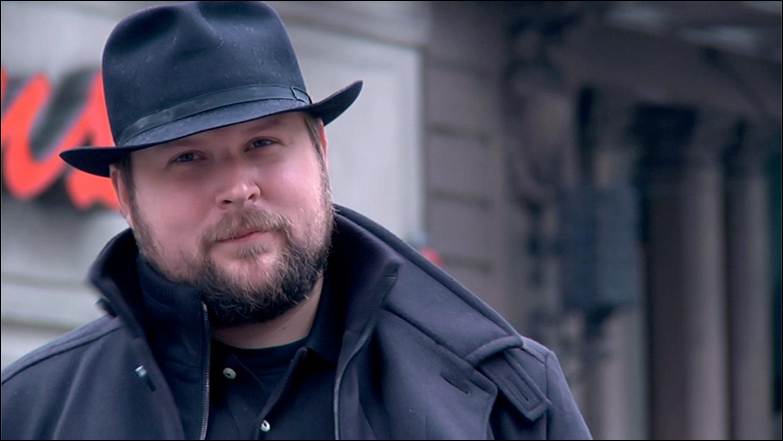
- You can create automated farms and complex redstone contraptions.
Every great story starts with a dream, and for Markus “Notch” Persson, Minecraft was no exception. Back in May 2009, Notch began crafting the game as a passion project, inspired by sandbox titles like Infiniminer and Dwarf Fortress. Notch, who had been programming since a young age, initially started creating Minecraft after his work on a previous game, Wurm Online. He began programming on the weekend, working tirelessly to build a prototype with simple mechanics. The game had no shiny graphics, no epic storyline—just blocks, crafting, and player freedom.
Notch didn’t keep his creation hidden. Early versions of Minecraft were shared publicly on forums, inviting feedback from community members who quickly saw the game’s potential. In fact, players helped shape key elements, like crafting mechanics and open-world exploration, which became the game’s core identity. Over time, the game evolved significantly from its initial concept, with major shifts driven by both community input and Notch’s evolving vision, a key aspect of the making of Minecraft.
2. Early Influences
It’s easy to overlook the subtle genius behind Minecraft’s initial design philosophy—a commitment to freedom over structure. Notch envisioned a world where players could roam as they pleased, building and exploring without linear objectives. This emphasis on creativity contrasted sharply with traditional games, fostering a playground for imagination rather than storytelling. Notch also envisioned Minecraft as a strategy/management game initially, before shifting its direction to focus more on free-form creativity after encountering Infiniminer.
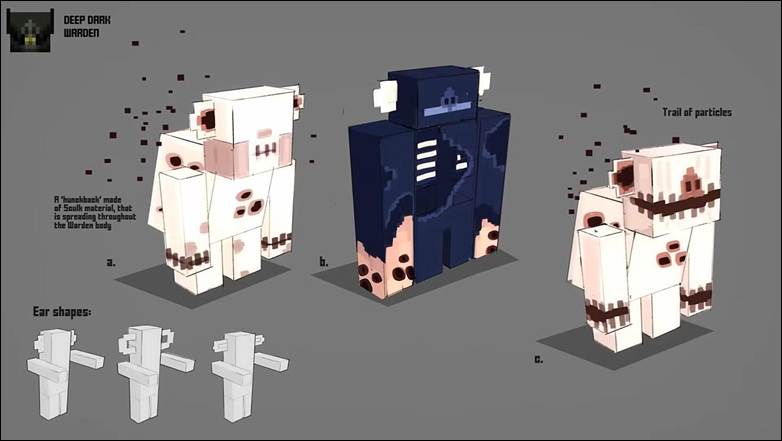
- The game features both single-player and multiplayer modes for endless fun.
The game’s block-like aesthetic may feel nostalgic now, but it was more practical than artistic. Notch opted for simple graphics to ensure accessibility, even on low-powered PCs, and to allow for easier creation and processing of the game world. This approach reflected his focus on making gaming universally available—a decision that would prove instrumental in the years to come.
The Development Process
3. Technical Foundations
Developing Minecraft wasn’t without its technical hurdles. Written in Java—a language notorious for clunky game performance—the game’s modular code allowed frequent updates during its alpha and beta phases. While Java has historically been associated with performance limitations in game development, Minecraft’s use of Java enabled rapid prototyping and frequent updates during its early development phases. This piecemeal approach meant that player feedback could guide almost every stage of development, from refining mob behavior to improving crafting systems, a key element in the making of Minecraft. The game’s modular codebase facilitated the incorporation of community feedback, allowing for iterative development and continuous improvement based on player input.
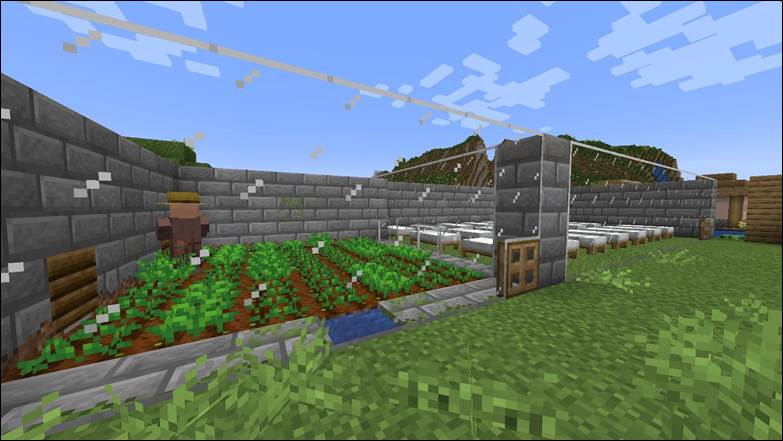
- Minecraft allows you to craft weapons, armor, and tools from resources you gather.
Updates were rapid, experimental, and often buggy. For many of us in those early days, glitches like disappearing blocks or falling through the ground were part of Minecraft’s charm. Players embraced these imperfections, viewing them as part of the game’s evolving nature. These persistent bugs showed how deeply rooted the community was; players would laugh, adapt, and give constructive feedback to Notch.
4. Design Philosophy
Minecraft blurred the lines between simplicity and possibility. Mojang’s design philosophy emphasized emergent gameplay, allowing players to create their own experiences within the game world. By sticking to basic graphics and avoiding a predefined plot, Mojang allowed players to create their own adventures. Whether you wanted to slay the Ender Dragon, build a replica of your hometown, or dig endlessly for diamonds, each experience felt personal. The game’s open-ended nature and lack of a predefined plot enabled players to engage in a wide variety of activities, fostering creativity and personalization.
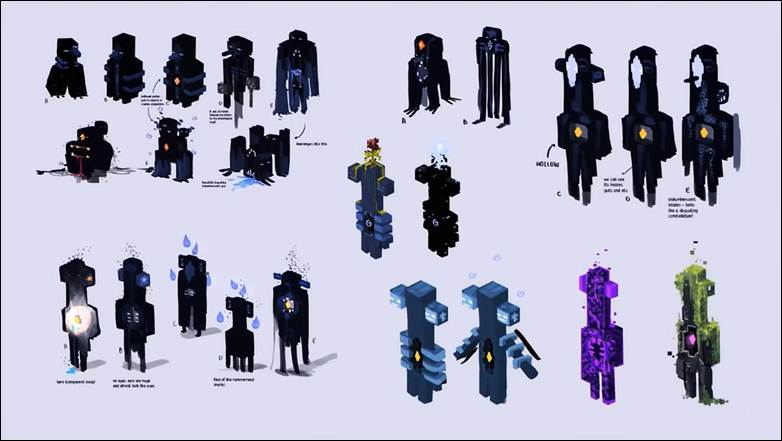
- In Creative Mode, you can fly around and build anything you can imagine.
The modular design extended to gameplay mechanics like Redstone, enabling players to invent complex contraptions—a hidden layer of creativity that continues to attract tinkerers to this day, a testament to the making of Minecraft. Redstone allows players to create intricate mechanisms and devices within the game. With each update, the depth expanded without overwhelming casual players, keeping the open-world magic intact. The modular design of Minecraft’s gameplay mechanics enabled the introduction of new features and updates without disrupting the core experience, maintaining the game’s accessibility for casual players.
From Indie Game to Global Phenomenon
5. The Role of Community
Would Minecraft be what it is today without its community? Back in the late 2000s, word-of-mouth spread faster than any marketing strategy ever could. Early adopters uploaded gameplay videos to YouTube, inspiring others to try the game. The rise of creators like Yogscast and PewDiePie catapulted Minecraft into the spotlight, introducing its blocky landscapes to millions.
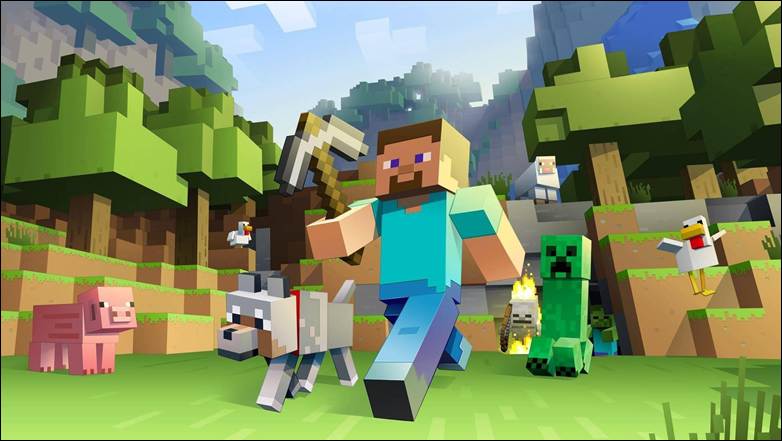
- You can enter the Nether, a fiery realm full of dangers and rewards.
Mods and custom maps took this engagement even further. Players transformed Minecraft into a versatile canvas, whether recreating cities, telling stories, or developing new gameplay modes. These grassroots contributions gave the game infinite replayability, securing its longevity through sheer community passion. This community-driven content created a platform for endless creativity and innovation, contributing immensely to the game’s growth and enduring appeal.
6. Marketing Without Marketing
One of the most remarkable aspects of Minecraft’s success was its unconventional growth. Unlike blockbuster titles backed by expensive ad campaigns, Minecraft’s popularity relied entirely on player-driven promotion. Videos, streaming, and discussions on online forums created waves of interest, organically expanding their audience through authentic enthusiasm. This viral, player-led marketing strategy proved to be far more effective than traditional advertising campaigns.

- Villagers in Minecraft trade resources with you, adding depth to the economy.
As downloads surged, a key step in the making of Minecraft, Notch founded Mojang in 2010 to manage Minecraft’s growing ecosystem. What began as a one-man project soon evolved into a dedicated studio, equipped to carry the game through future updates, create merchandise, and manage its widening fan base. Mojang was founded with the goal of supporting Minecraft’s rapid growth, turning the indie game into a global phenomenon.
Technical and Creative Challenges
7. Buggy Beginnings
Early versions of Minecraft weren’t without flaws. Players encountered glitches that ranged from minor annoyances to significant crashes. For example, visual glitches persisted across versions from 1.0 to 1.7.10, affecting gameplay experiences. However, for many, these imperfections were endearing—proof of how deeply connected the developers were to their audience. Mojang worked tirelessly to squash bugs and refine gameplay mechanics, often releasing patches within weeks or days of feedback. Notably, some of Minecraft’s most infamous errors were, in hindsight, happy accidents that led to new features and mobs.
8. Server and Multiplayer Woes
Implementing multiplayer gameplay was one of Minecraft’s biggest technical challenges. Ensuring smooth, lag-free connections across servers initially taxed Mojang’s infrastructure. he introduction of public servers and the allowance for private hosting helped bridge this gap, enabling players to form their own survival communities long before “official servers” became established, a crucial step in the making of Minecraft’s multiplayer. These community-run servers offered structured and challenging gameplay experiences, featuring unique game modes such as mazes, puzzles, and parkour maps. However, the popularity of Minecraft’s multiplayer mode also attracted malicious activities; in 2016, a botnet named Mirai, initially created to gain a competitive edge in Minecraft, spiraled out of control, causing massive DDoS attacks worldwide.
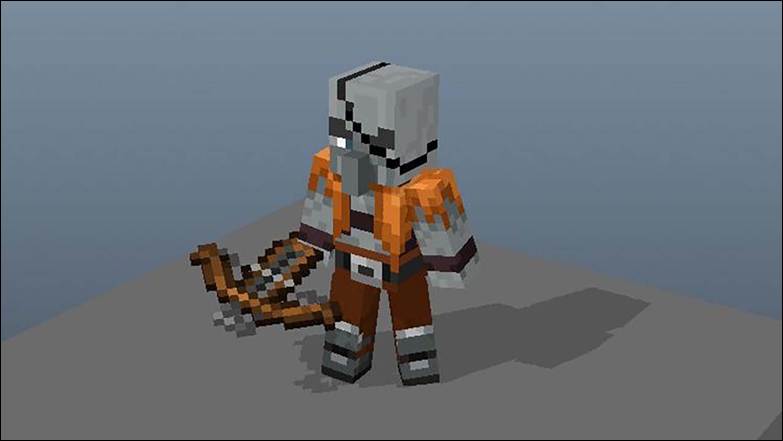
- The game’s music, composed by C418, is ambient and peaceful.
Expanding Minecraft: The Mojang Era
9. The Official Launch
The moment finally came in November 2011 when Minecraft officially launched. By then, it had already amassed millions of players worldwide. The Adventure Update introduced features like NPC villages, a hunger mechanic, and The End—key additions solidifying the game’s identity as more than a sandbox but an adventure-packed universe.
10. Microsoft’s Acquisition
In 2014, Microsoft acquired Mojang, the developer of Minecraft, for $2.5 billion. This acquisition sparked mixed reactions among fans. While some feared that corporate involvement might dilute Minecraft’s indie charm, Microsoft’s resources enabled expansions into console gaming, enhanced accessibility features, and facilitated global cross-play capabilities. Today, Minecraft is available on platforms ranging from Xbox and PlayStation to mobile devices, broadening its reach to millions of additional players. Despite initial concerns, the game has continued to thrive, with regular updates and sustained appeal.
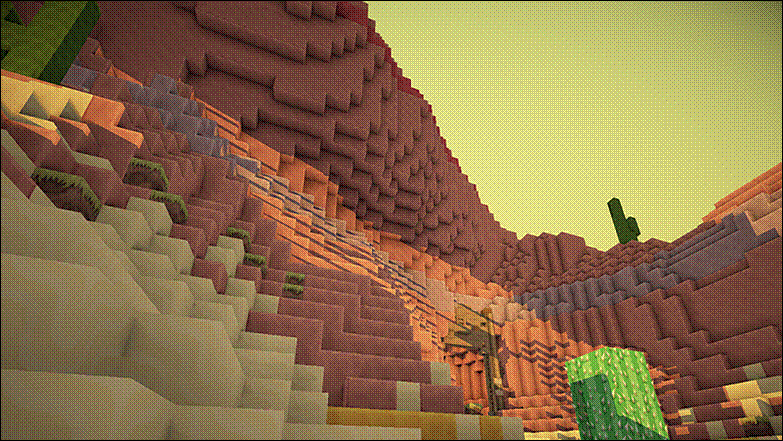
- The game’s world is procedurally generated, meaning no two worlds are alike.
Cultural and Economic Impact of Minecraft
11. Minecraft in Education
Few games boast cultural influence like Minecraft, a testament to the impact of the making of Minecraft. Beyond entertainment, its educational edition has empowered classrooms to teach coding, architecture, and team collaboration. Schools worldwide use it to foster creativity and reshape traditional learning methods—it’s hard to imagine any other game contributing so much to modern education.
12. Streaming and Content Creation
Minecraft has significantly influenced streaming platforms like Twitch and YouTube. Creators leverage the game for storytelling, competitive builds, and charity events, contributing to its status as a cultural cornerstone. In 2019, Minecraft-related content accounted for a substantial portion of gaming videos watched on YouTube, highlighting its dominance in the content creation space. However, it’s important to note that while Minecraft fosters creativity, some content may not align with all audiences, necessitating parental discretion.
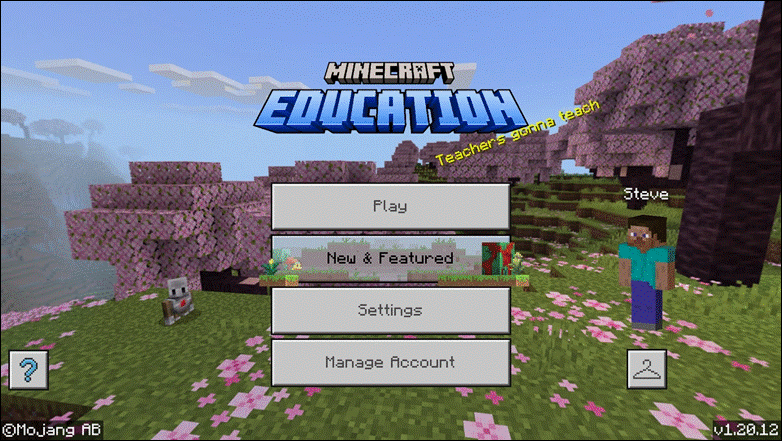
- It includes lessons in coding, math, science, history, and more through interactive gameplay.
Legacy and Ongoing Evolution
13. Constant Updates and Spinoffs
Mojang continues to evolve Minecraft while preserving its core essence. The “Caves & Cliffs” update was released in two parts: Part I (Java Edition 1.17, Bedrock Edition 1.17) in June 2021, and Part II (Java Edition 1.18, Bedrock Edition 1.18) in November 2021.
These updates introduced new terrain generation, increased world height, and new biomes like lush caves and dripstone caves.
Additionally, Mojang released “Minecraft Dungeons,” an action-adventure role-playing game set in the Minecraft universe. Released on May 26, 2020, it offers a hack-and-slash experience with cooperative multiplayer.
Challenges and Criticisms
Minecraft has faced challenges, particularly with updates that sometimes spark backlash, a recurring theme in the making of Minecraft. For instance, the “Caves & Cliffs” update’s changes to terrain generation and world height were met with mixed reactions from the community.
However, Mojang’s proactive engagement with fans, including addressing performance issues and gameplay balance, has often turned criticisms into constructive feedback. This approach demonstrates their commitment to valuing the player base and continuously improving the game.
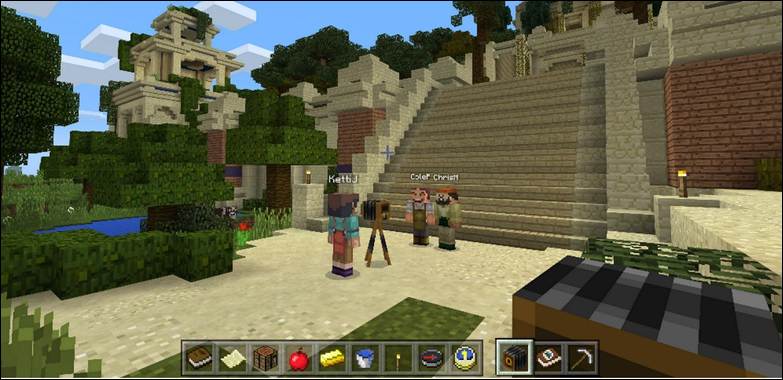
- The Minecraft world is home to a variety of biomes, from deserts to jungles.
Closing Up: Minecraft’s Timeless Appeal
The story of the making of Minecraft reveals that it isn’t just a game; it’s an ongoing revolution in how players interact with virtual worlds. From Notch’s humble experiment to Mojang’s billion-dollar empire, its journey is a testament to the power of creativity and community. Whether you’re a builder, adventurer, or simply a dreamer, Minecraft continues to be a stage for endless possibilities. And as we look to its future expansions, who knows how far this blocky world can go?
Read about behind the scenes and making of well-know franchises in Gamerative.
FAQs About Minecraft
1. Which platform is the best for playing Minecraft?
Minecraft plays seamlessly across multiple platforms, including PC, consoles (Xbox Series X/S, PS5), and mobile. PC remains the favorite for accessing mods and custom content.
2. What coding language powers Minecraft?
The game is primarily developed in Java for its PC version, though Bedrock Edition is built using C++ for cross-platform compatibility.
3. How does Minecraft handle controversial updates?
When updates cause backlash, Mojang engages directly with the community via Q&A sessions, forums, and patch notes, ensuring feedback drives future adjustments.
4. Can you play Minecraft offline in 2025?
Yes, Minecraft offers offline single-player mode for both Java and Bedrock Editions, letting you build and explore without an active internet connection.

